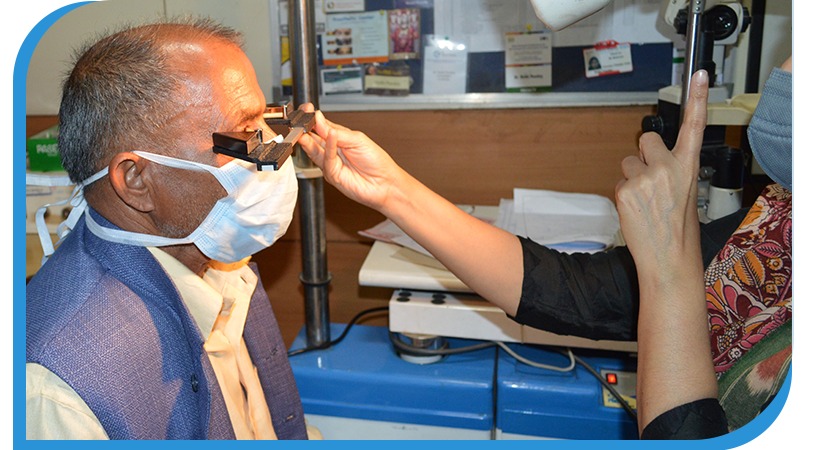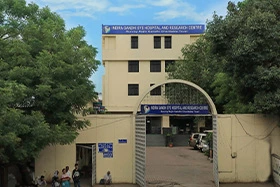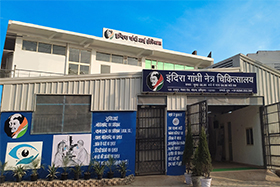Procedures/surgeries
- Lacrimal surgeries to relieve tear flow pathway blockage: Dacryocystorhinostomy/DCR - endoscopic procedure without skin incision; paediatric CNLDO – endoscopic guided probing and intubation facility for precise results; lid and canalicular tear repair with stent placement – repair of cut in the lid and tear duct with placement of temporary support using silicone stents; punctoplasty – dilation of blocked punctum
- Ptosis (droopy eyelids) correction: A hidden scarless surgical approach is used to provide natural looking results (incision is place at back side of lid) – available at very few centres in India
- Entropion, Ectropion and Trichiasis Correction (in turning of eyelids, out turning of eyelids and mid directed eyelashes) surgeries to correct mal positioned eyelid margin to relieve symptoms of itching, irritation of eyes and watering; radiofrequency ablation of misdirected eyelashes to provide permanent relief
- Eye cancers – evidence-based management of all ocular cancers: eyelid cancers, e.g., squamous cell cancer, basal cell cancer, sebaceous cell cancer, etc.; intraocular cancers, e.g., retinoblastoma, uveal melanoma, etc.; orbital tumours, e.g., dermoid, schwannoma, haemangioma, etc.
The eyelid defect resulting from tumour removal is reconstructed with plastic surgery to give functional and cosmetic results. Removal of the eye for certain cancers is a life-saving measure. While the eye is removed safely to prevent any tumour dispersion, the empty space is reconstructed in the same sitting with an implant and a custom-made prosthesis is later fitted to provide a natural appearance - Anophthalmic socket surgery (shrunken eyes, deformed non-seeing eyes): surgery to fill the empty socket that either doesn’t have an eye or has a shrunken non-seeing eye due to trauma, disease, some birth defect, etc. This is followed by custom made ocular prosthesis to provide a natural appearance.
- Maxillofacial surgery for Orbital fracture (fracture of bones around the eye): fracture of bones around the eye leads to functional and cosmetic problems. We offer comprehensive management of fracture repair and socket reconstruction with the latest technology of 3D printed implants to give the best results.
- Scar management – disfiguring scars on eyelids: The presence of scars around the eyes can impact a person’s professional and personal life. We offer both surgical and non-surgical scar reduction procedures to smoothen both fresh and old scars.
- Periocular and facial rejuvenation – management of wrinkles and lines on the face: botulinum toxin and filler injections for smoothening wrinkles and hollows to reverse aging changes on the face; therapeutic injections of botulinum toxin for involuntary and excessive facial movement
- Thyroid eye disease – bulging eyes: medical and surgical management of thyroid-related eye problems such as protrusion, swelling and vision deterioration





